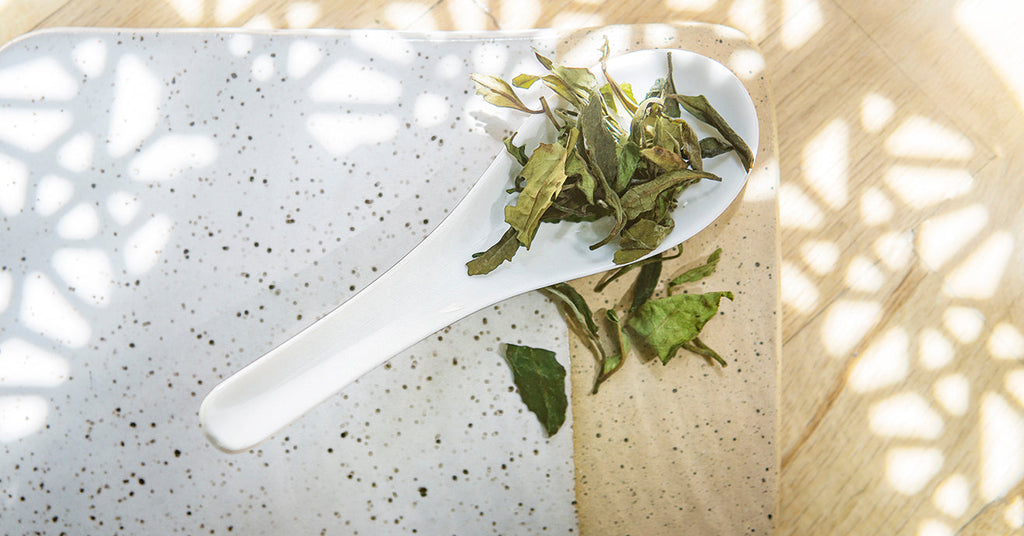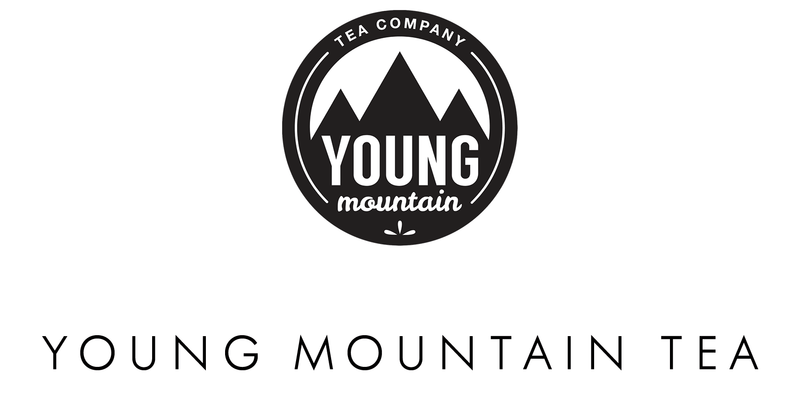Why We Source Whole-Leaf Teas

We know that you’re a discerning bunch of tea aficionados who like to drink a complex, delicious, and aesthetically pleasing cuppa. To deliver what you're seeking, we source only the highest grade of hand-harvested, whole-leaf teas we can get from our Himalayan farmer partners.
Why Is Whole-Leaf Better?
The starting point for all tea is always the same—the fresh growth of the tea plant. In larger estates, the plants are harvested by machines. These machines grab anything and everything, including the mature, flavorless leaves further down the plant and its woody stems. These plant parts contribute lots of bulk but little flavor, a great way to create massive amounts of low-grade, inexpensive tea in a hurry.

The best teas, however, are hand-plucked by experts who use a discerning eye to take only the bud and first two leaves from select tea bushes at specific stages of growth. Post-harvest, whole-leaf teas are handled with incredible care to prevent any unintentional damage to the precious leaves. Whole-leaf teas of the highest quality are never broken into pieces. This is particularly important for the fragile bud at the end of a plucked tea leaf. That bud is the smallest part, yet packed with the most flavor. If the bud gets damaged during processing, a tea will lose much of the wonderful nuances that make it unique. By contrast, the tea leaves typically destined for low-quality tea bags are ripped into pieces, and the fragile buds are often blown away in the exhaust of the crushing machines long before they get to your cup.
How Can You Tell If A Tea Is Whole-Leaf

In its dried form, a whole-leaf tea features long strands of brittle leaves, often an inch or more in length. The bud is typically lighter in color than the two leaves picked alongside it. Peering into the tea pouch, you should be able to easily see this color variation.
All is revealed when a tea is steeped, however.
When drinking broken tea (particularly the dregs stuffed into low-quality bagged teas), all those small bits and pieces immediately release all their flavors as soon as hot water hits, making for a quick burst of drab flavor.
Whereas, whole-leaf teas are defined by large, undamaged leaves that slowly release their complex flavors over multiple infusions. The complete bud sets remains intact, and even the tiny bud is visible. The whole leaves create stable, layered teas with a big, juicy mouthfeel and lingering finish—it's what makes specialty, whole-leaf tea truly special.
Want to Try Whole-Leaf Teas?
SHOP OUR COLLECTION
You may also enjoy:
Blog Author:

Raj Vable, Founder
He has been confounded by the leaf since his first transcendental encounter with white tea in 2010. Three years later, he started Young Mountain Tea to bridge his budding tea obsession with his interest in traveling in the mountains and previous experience creating job opportunities in rural India. He revels in working across cultures and can be regularly found trying to get the rest of the team on board with another outlandish tea project. His favorite teas remain white, and he’s always searching for the next cup of magic.

Leave a comment